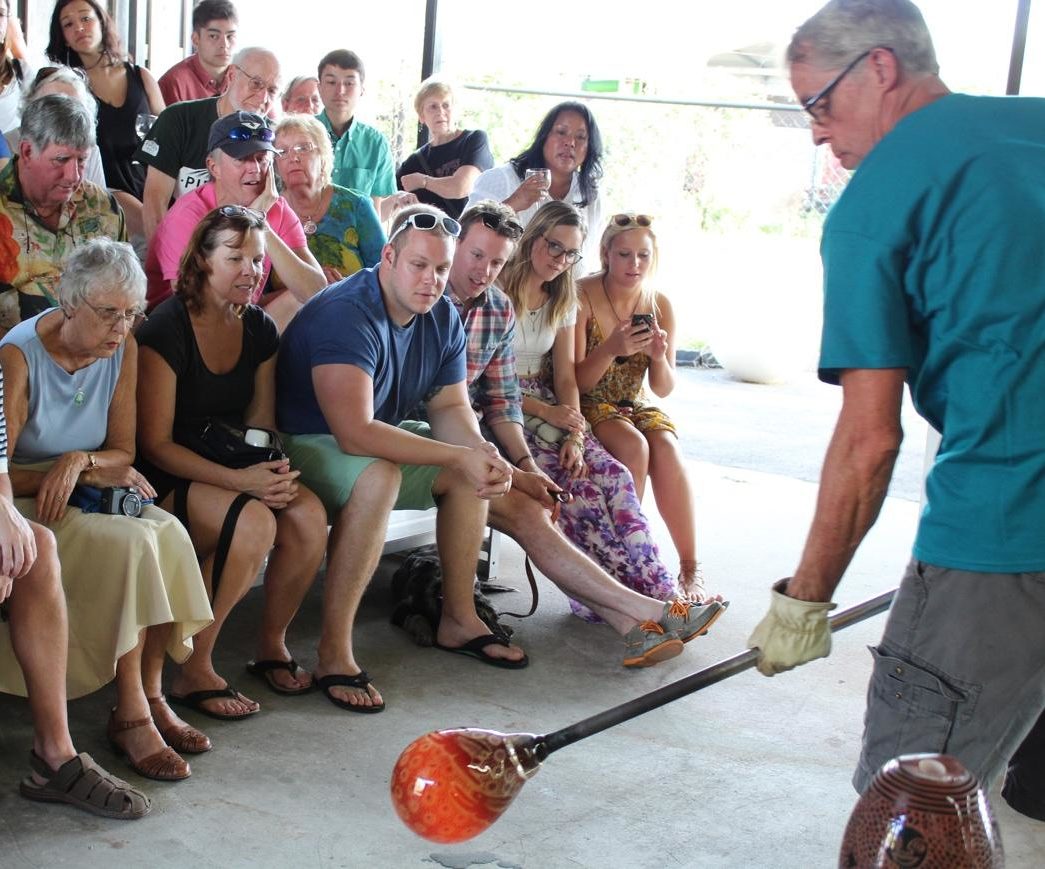Over the last few decades there’s been a trend of cutting funding for arts education in public schools. Driving this trend is the common perception that arts education is somehow less essential than other branches of education, such as science, mathematics, and language skills. But this idea couldn’t be further from the truth.
The Duncan McClellan Gallery created the DMG School Project because we’ve seen the expansive benefits of art education. Everyone involved with the project has a story about how art education has positively contributed to their life, but working with children has given us the chance to broadened our understanding of the collective impact beyond our personal experience. Art and art education are important for the developing brains of schoolchildren for many reasons, but they are also important for teenagers, adults, and society as a whole. Here are some reasons why:
Art Makes Us Healthier
A 2017 study conducted at the University of Michigan and funded by the National Endowment of the Arts, found that creating art and attending art events correlates with better health outcomes. “Apart from participating in the arts, being favorably disposed toward arts experiences was also associated with better health outcomes. In our retrospective analysis, we found that individuals who participated in both Creating Art and Attending Art had generally slower declines in cognition between 2002 and 2014; they also reported slower rates of growth for both hypertension and limitations to daily physical functioning.”
The study looked at adults 55 and older, showing that continued interest and participation in the arts is valuable at all stages of life.
Art Makes Us Happier
This may seem like an obvious conclusion to anyone with an appreciation for the arts, but it’s also supported by science. A 2016 study conducted at the University of Western Australia indicated that regular exposure to the arts – 100 hours per year, or 2 hours per week – can significantly improve mental health and overall happiness. Dr Christina Davies, a co-author of the study noted: ” Depending on a person’s interests, the arts can provide a range of health enhancing opportunities, activities and events. Arts engagement increases happiness, confidence, self-esteem and reduces stress and social isolation. People need to give themselves permission to be creative and to make time for the arts activities and events that they enjoy.”
Art is Beneficial to All Students
Having art as part of a school curriculum isn’t only beneficial to students with artistic aspirations. Arts education has been shown to improve academic performance among all students, and across different disciplines such as reading and math. A research report from the University of Mississippi, focused on the state’s Whole Schools Initiative, found that when teachers integrate the arts into their teaching, standardized test scores rise, and the educational achievement gap for economically disadvantaged students is greatly reduced or disappears altogether.
Art Fuels the Economy
Far from being a drain on public resources, the arts are actually a powerful engine for economic growth. A 2015 study conducted by Americans for the Arts of the nonprofit arts and culture industry’s impact on the economy found that the arts generate a huge amount of economic activity every year. It found that arts and culture organizations annually spend around $63 billion, and art audiences spend another $102 billion on art event related activities – like going out to dinner and paying for transportation. All of this supports 4.6 million jobs and generates more than $27 billion in revenue for local, state, and federal governments. Collectively federal, state, and local governments allocate around $5 billion to the arts – meaning that for every one dollar they spend on art, they get more than five dollars back.







